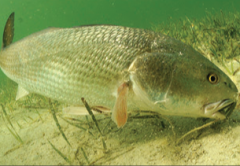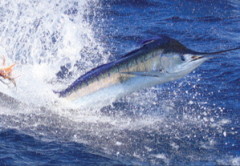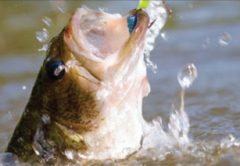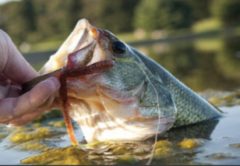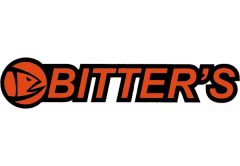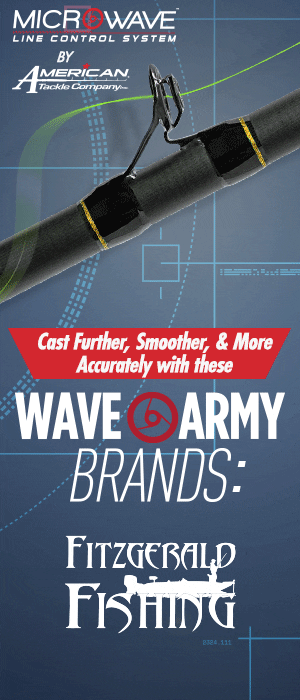The fall bait migration (mullet run) is in full swing on Florida’s Space Coast where concentrations of migrating baitfish can be found exciting both gamefish and angler alike. Triggered by shorter days, cooling water temperatures, and approaching cold fronts, pockets of mullet stream down the beach harassed by hungry predators. As the bait works its way south in the troughs of the surf, bluefish, ladyfish, jacks, Spanish mackerel, redfish and snook keep them hemmed up close along the surfs edge, with tarpon, blacktip and spinner sharks lurking in the waves eager to fulfill their position at the top of the food chain.
Breeder redfish, tarpon, and snook take advantage of the easy meal as the fleeing mullet are forced away from the shelter of the shoreline. Additionally, October and November are the best months to target snook at Sebastian Inlet as long as water temperatures stay above 70 degrees.
In the north Indian River and Mosquito Lagoons, higher water levels will allow anglers to venture into areas normally inaccessible during the spring and summer months. Look for slot redfish in close to the grassy edges along the shoreline shadowing pods of finger mullet, and for the larger redfish staged in deeper water ambush sites where migrating baitfish are schooling. In deeper water areas, look for ladyfish, spotted sea trout, jacks, and tarpon feeding on schools of glass minnows. These schools of fish are located by watching for bird and fish activity. Once located, these schools will produce explosive action on small top water plugs, or popping bug flies. Also, if you locate a school of the larger black mullet, try fishing Aqua Dream spoons or soft plastic D.O.A. Shrimp slowly under the school. Even though, mullet are vegetarians, redfish and sea trout will often mingle in feeding on shrimp and crabs kicked up from the bottom by feeding mullet.




